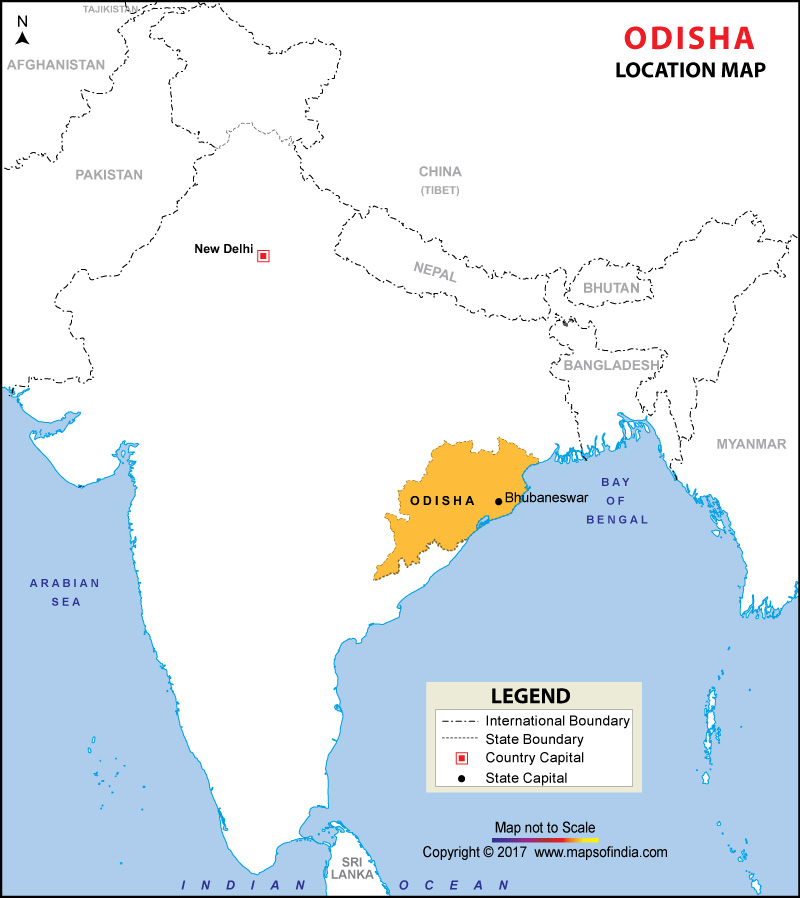
Odisha, formerly called Orissa, is a state of India lying in the northeastern part of the country, bounded by the states of Jharkhand, West Bengal, Andhra Pradesh, Telangana, and Chhattisgarh.

Odisha, formerly called Orissa, is a state of India lying in the northeastern part of the country, bounded by the states of Jharkhand, West Bengal, Andhra Pradesh, Telangana, and Chhattisgarh.
A land of unexplored beauty, Odisha is a living hybrid of the architectural and spiritual beauty of the Sun Temple in Konark, its golden beaches, and the modern city life hustles of Bhubaneswar.
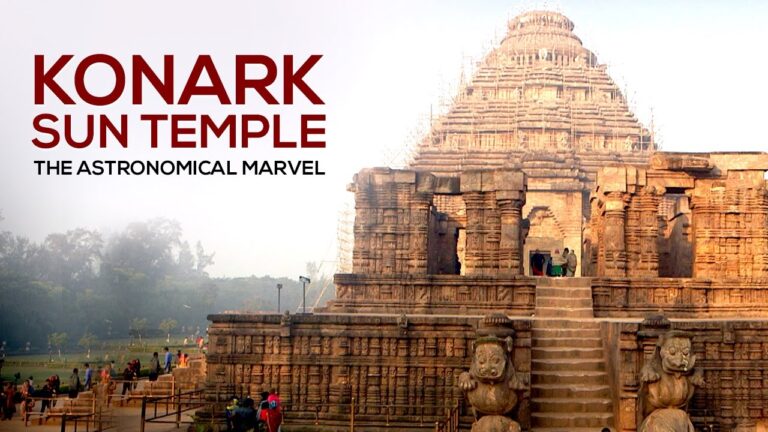
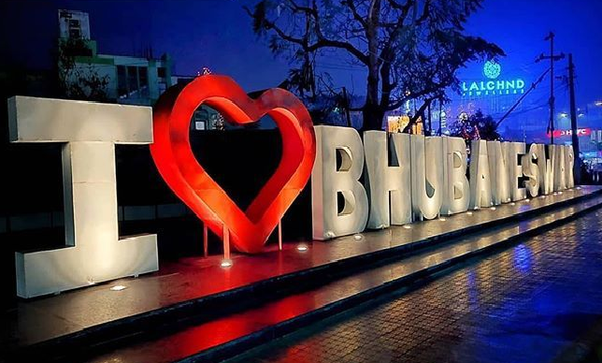
The tranquilizing beauty of the state makes you awestruck, in its rich cultural heritage, through the streets of Bhubaneswar and Cuttack.
From the land of Natha and Siddha literature, and Odissi, to its vibrant busy streets with the hovering smell of DahiVada, and Chenapoda. The land is an example of a vivid cultural and institutional establishment.

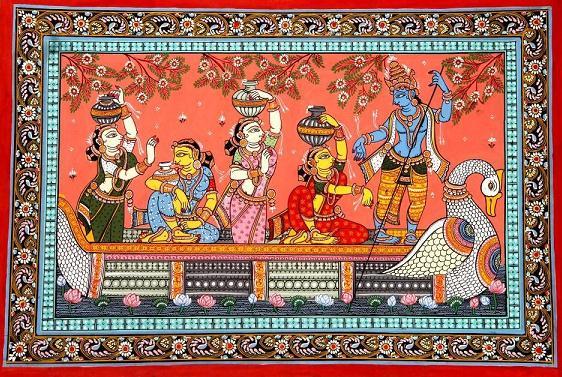
While you may know Odisha for its fine mural paintings, icon paintings, and exquisite silver filigree ornamentation. The state has survived the rich ancient legacy of the great Indian history.
The town of Puri is the site of the Jagannatha temple which attracts thousands of devotees worldwide.
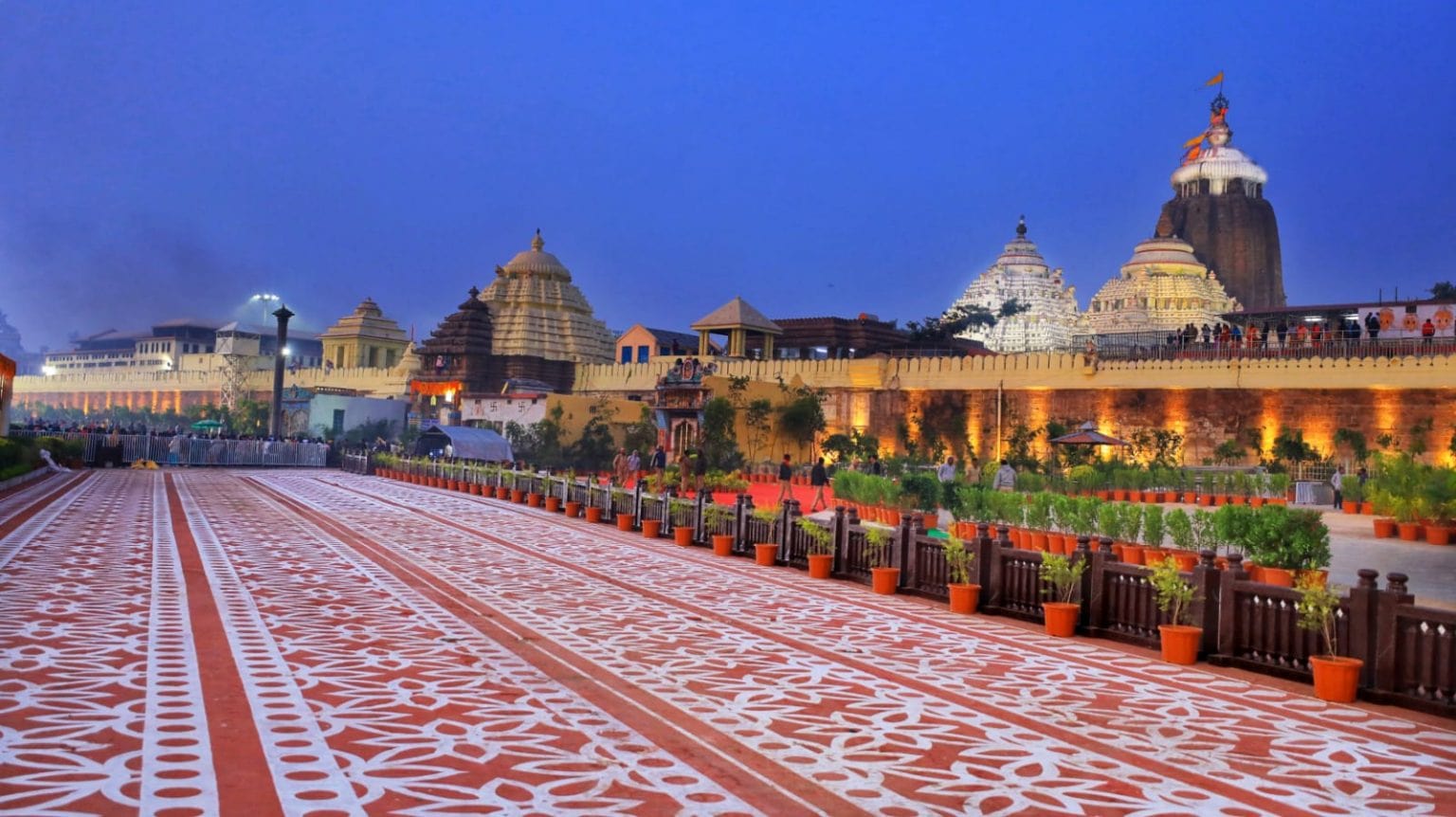
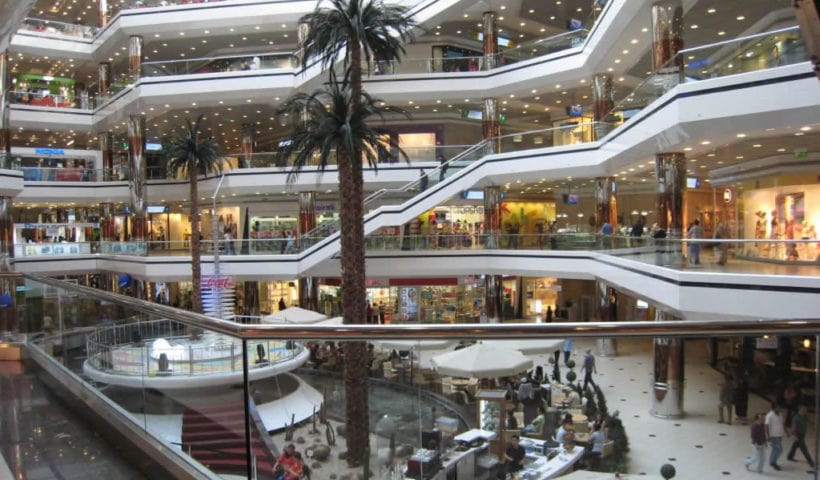
The University is situated in a junction between the cities of Bhubaneswar and Cuttack. Both these cities are regarded as the twin city of the state. The metropolitan area formed by the two cities had a population of 1.7 million as of 2011.
While Bhubaneswar is popularly known as the Temple City that is Ekamra Kshetra, the city of Cuttack is actually an anglicized form of ‘Kataka’ which means The Fort.
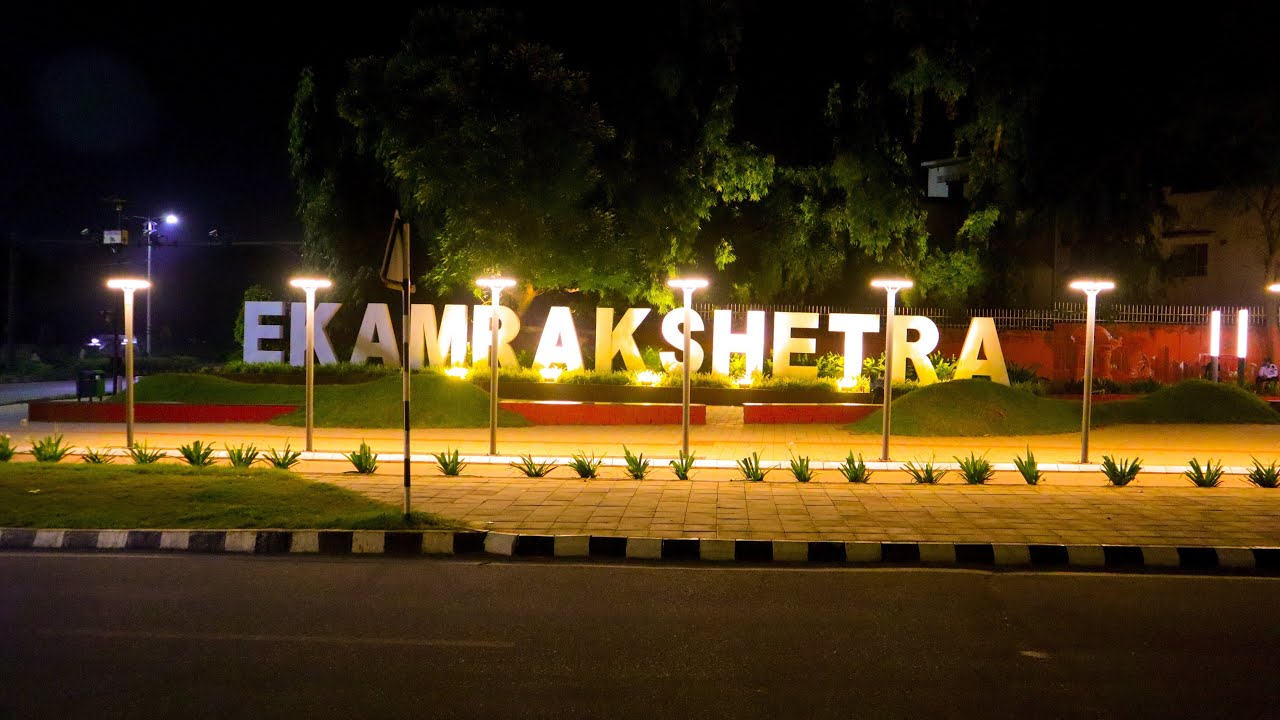
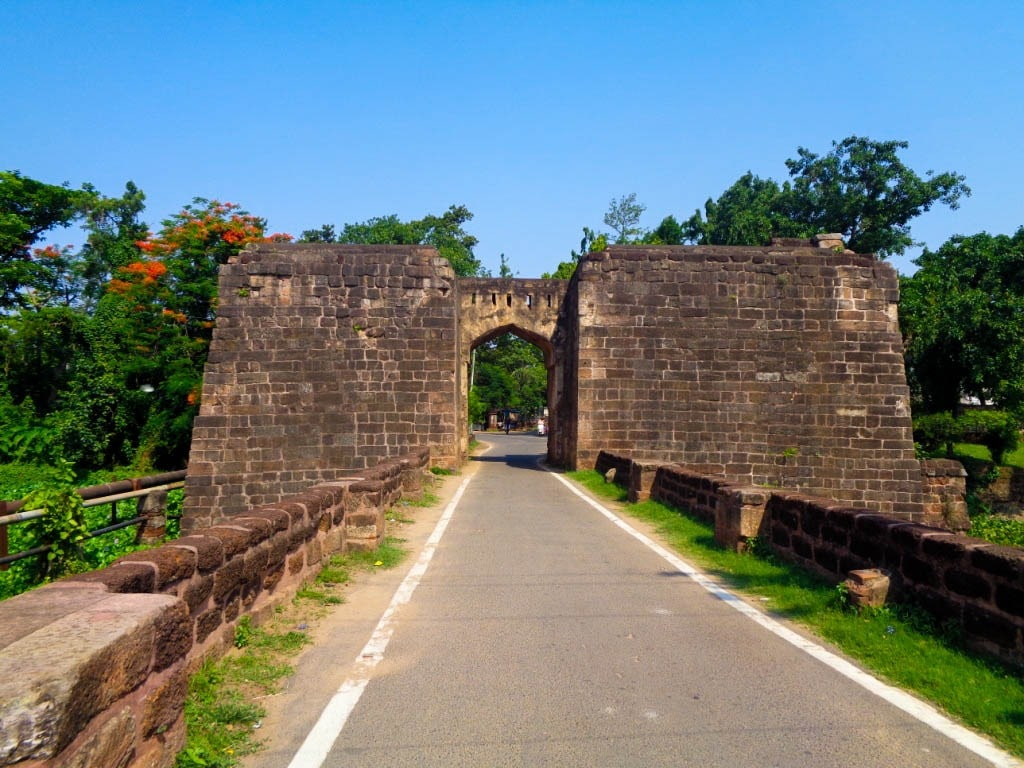
This is a reference to the ancient Barabati Fort, the city of Cuttack is also known as the Millennium City as well as the Silver City due to its history of 1000 years and famous silver filigree works.
Being the commercial capital of Odisha, the city is somewhat maze-like with unplanned markets lanes and bylanes which is why locally it’s known as Bauna Bazaar, and Tepana Galee i.e. 52 markets and 53 streets.
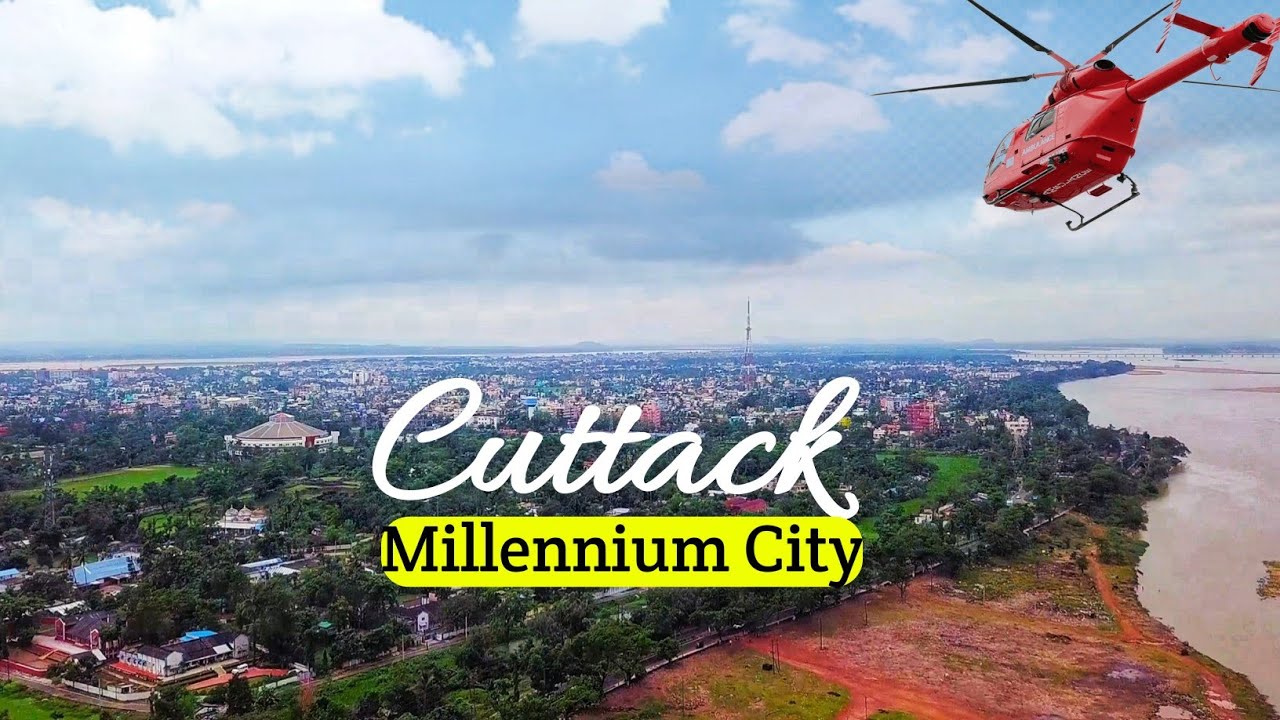
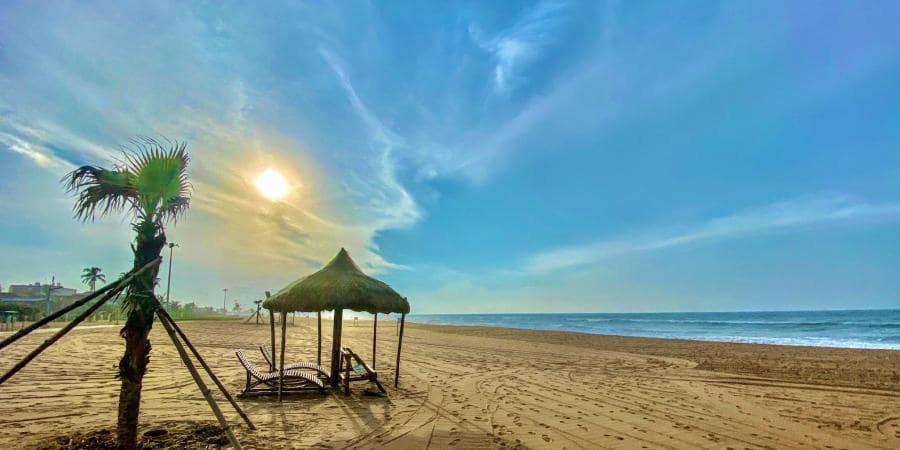
The tropical Odisha sees its coolest month in January and its warmest month in May with an average of mid-30 degrees C. The higher elevations of the hills provide some relief from the summer heat, which becomes particularly oppressive in the basins of the central tract. The average annual rainfall in the state is about 60 inches, mostly occurring during the months of the southwest monsoon ( that is June through September).